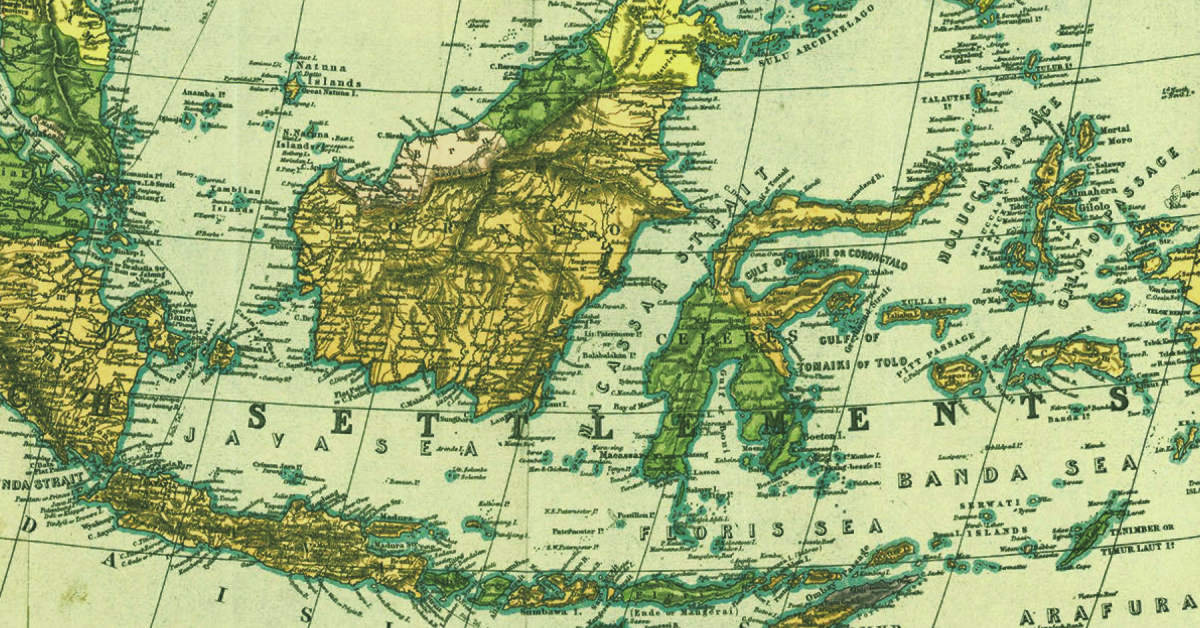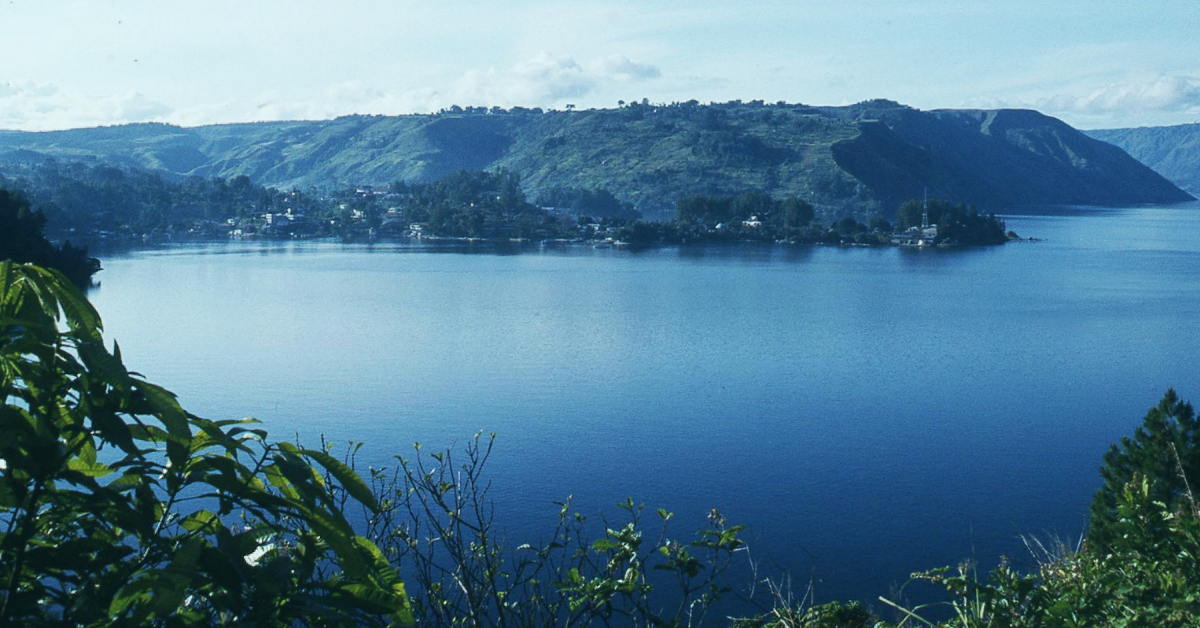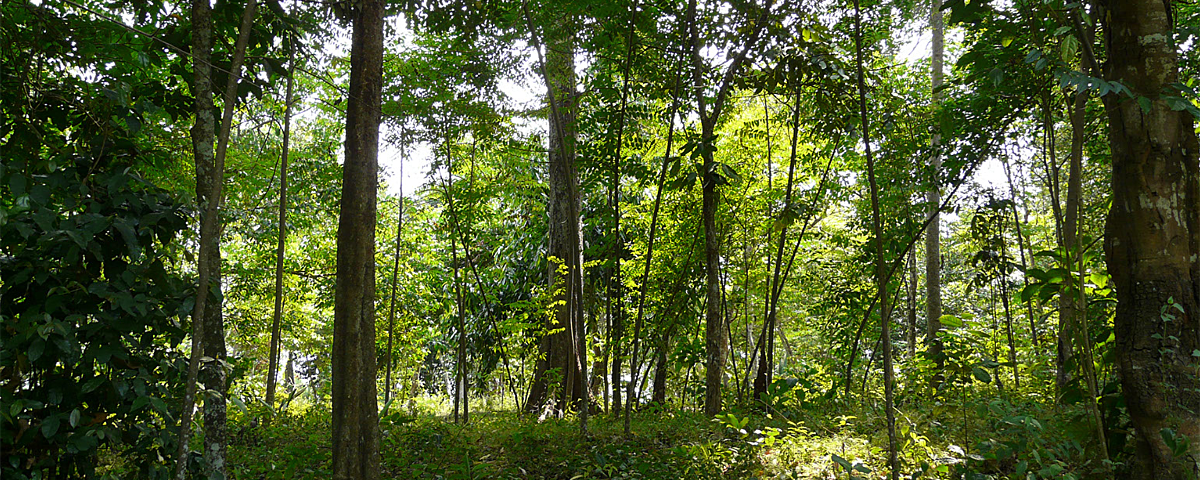Christina L. Truong & Bradley McDonnell
Presentation at APLL 14, 9–11 June, 2022
In this presentation, we compare the different functions of applicative morphemes (AMs) across the lexicons of a sample of four western Indonesian languages in order to understand the influence of lexical semantics on their distribution. To show how semantic and syntactic effects of AMs pattern, we adopt the treatment of AM-marked clausal constructions as pairings of form (morphological content and syntactic
structure) and meaning (semantic content and structure) (see Goldberg 1995).
We address the following research questions: Do AM-marked constructions have an identifiable set of core meanings? How are these meanings distributed across languages of western Indonesia and their lexicons? Using data from original fieldwork, published descriptions, corpora and lexical resources, we compare unmarked and AM-marked constructions across a common set of roots based on the 80 lexical meanings on the Leipzig Valency Classes Project Questionnaire (Malchukov & Comrie 2015).
On the basis of patterns identified, we propose an inventory of core constructional
meanings marked with AMs and show how languages of the sample differ with respect to this inventory. For example, benefactive applicative constructions vary in productivity, with the Sundanese benefactives being compatible with far more lexical bases than the others. Across languages, the benefactive construction is most commonly centered around lexemes that entail acquisition, production or processing of material objects. In languages with more productive benefactive constructions, many additionally compatible verbs entail a change of state.
Our results reinforce previous findings that syntactic categories, such as transitivity of the base or the unergative/unaccusative distinction, do not adequately explain the distribution of the functions of AMs across the lexicon (see Kroeger 2007). The study also systematically expands identification of types of semantic information that speakers are likely sensitive to in producing and interpreting verbal constructions formed with these affixes, suggesting pathways along which lexicalization of such constructions has occurred.








